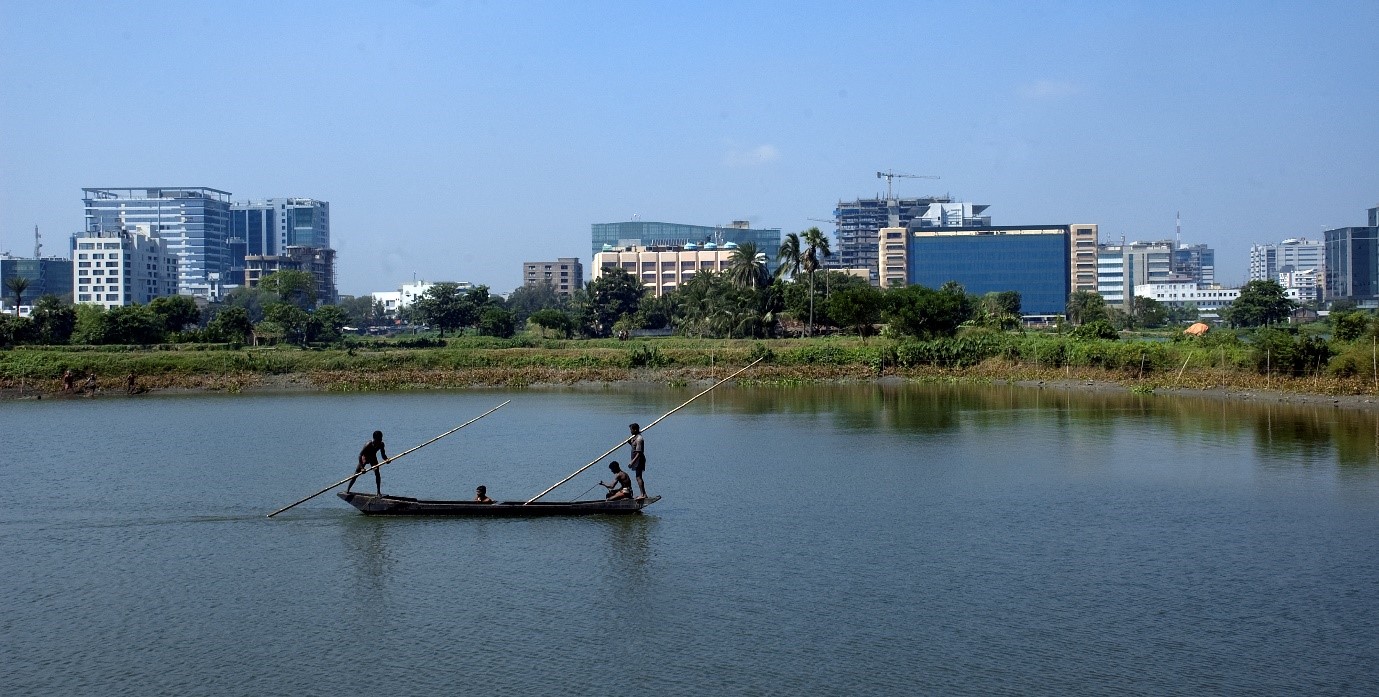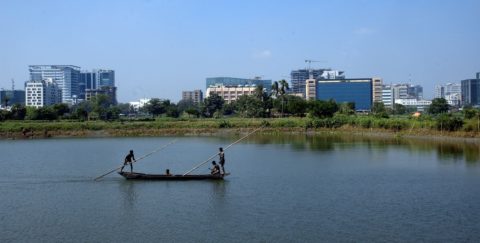
Connect cities to their lifelines: retain, restore and preserve urban wetlands
-
Wetland values, status and trends
The ritzy urbanscapes are the most attractive place for people to settle. By 2030 it is estimated that nearly seventy percent of the world’s population will live in cities. More people are leading to more land requirements and one of the tendencies is to encroach on the urban wetlands. They are degraded, filled in, and built upon.
The wetland serves a variety of ecosystem services to the environment, the large number of plants and native vegetation, and also the other living organisms found in a specific wetland can filter the abundant amount of pollution that a city is generating habitually.
The East Kolkata Wetland located on the eastern fringes of the metropolis of Kolkata is one such unique wetland that treats nearly a billion litres of wastewater daily. The wetland treats the wastewater of about 15 million people, with its sewage-fed fisheries and sewage-fed agricultural practices.
Urban Expansion in the Backdrop of East Kolkata Wetlands
However, EKW has experienced adverse land use changes in the past decade. The toxic effluents from the newly established small and medium-scale industries along the wetlands are also causing severe impacts on the fish and vegetables that are grown in the area. The growth of cities must not be at the expense of urban wetlands but rather should be included in urban design and planning. Urban wetlands are prize lands, they improve well-being and make cities liveable. It is necessary to retain restore and preserve urban wetlands.
In this context a case study titled “CONNECT CITIES TO THEIR LIFELINES: RETAIN, RESTORE AND PRESERVE URBAN WETLANDS” published by Harsh Ganapathi (Technical Officer) and Dayadra Mandal (Research Intern) has been published in Smart Water & Waste World Magazine, Annual Digital Edition, March-April 2022, “Finest 50 Global Case Studies” (Water, Wastewater, Solid Waste). The article is available in page 106-109 in https://smartwww.in/digital-edition-mar-apr-2022/


